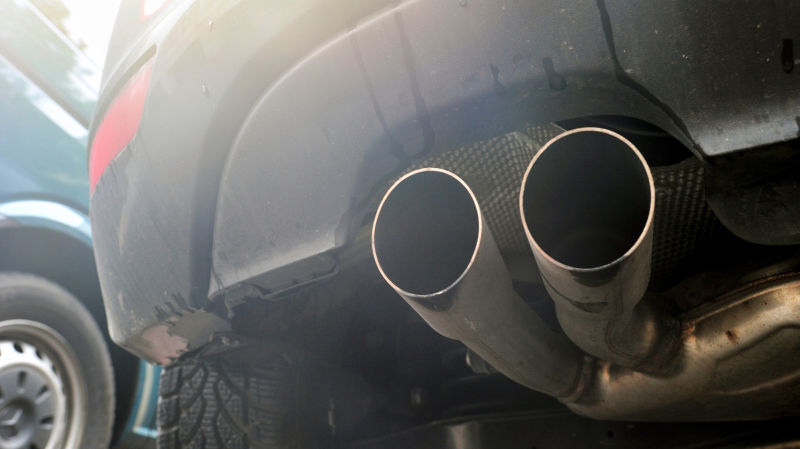
Trump wants to soften the Obama-era rise in fuel efficiency standards, even though no one else really wants it, including automakers, the state of California, economists, and, now, governors representing 57 percent of the American economy. Who’s this for, anyway?
Twenty-three governors—including the governors of North Carolina, Pennsylvania, and Wisconsin, which all went for Trump in 2016—issued a statement Tuesday saying that they wanted stricter fuel efficiency standards going forward, per Bloomberg. Currently, rules implemented by the Obama administration would see fleet average standards rise to 46.7 mpg for automakers by 2026; the Trump administration wants it to freeze at 37 mpg after 2020.
But the real sticking point for automakers is the threat of a dual market, or having to build cars that fit two sets of emissions standards. California is allowed to set its own standards under a compromise struck with the federal government decades ago, though its standards currently align with the EPA’s.
Via Bloomberg (emphasis mine):
Governors from more than 20 states — including some won by Donald Trump in the 2016 election — joined California officials to urge his administration to implement automobile emissions rules that are consistent nationwide and require efficiency improvements each year.
In a joint state
ment Tuesday, 23 governors including California’s Democratic governor, Gavin Newsom, called for a “common-sense approach” to nationwide requirements that will cut tailpipe greenhouse gas emissions to combat climate change and avoid regulatory uncertainty sparked by a legal battle over the administration’s 2018 proposal to ease the rules.
Advertisement
The California exception is something the Trump administration also wants to do away with, though it’s worth pointing out that California’s reasons for wanting more fuel-efficient cars originally had nothing to do with climate change, or the world potentially ending. It had to do with smog, a problem arising from the state’s ever-growing population and its weather and topography.
It seems likely, in any case, that the Trump administration will be able to push through its weaker mpg rules, at least for now, as Reuters reports that the EPA’s administrator said they will “be coming out later this summer.” But the rules themselves will likely be subject to a legal battle, as will any attempt to strip California of its right to set its own.
Advertisement
Which is terrible news for carmakers since, as the news agency reports, any legal battle could “could leave automakers in limbo about future emissions and fuel-efficiency requirements.” That would make product planning a horror show and cut into profits, among other things, though, as The New York Times reported in June, this has been a bit of an automaker self-own.
In a letter signed by 17 companies including Ford, General Motors, Toyota and Volvo, the automakers asked Mr. Trump to go back to the negotiating table on the planned rollback of one of President Barack Obama’s signature policies to fight climate change.
The carmakers are addressing a crisis that is partly of their own making. They had sought some changes to the pollution standards early in the Trump presidency, but have since grown alarmed at the expanding scope of the administration’s plan.
[…]
The automakers conceded in their letter that they were seeking to solve a crisis that they helped set in motion. Soon after Mr. Trump took office, chief executives from Detroit’s top automakers personally asked the president to loosen the some elements of the Obama-era regulations.
However, the Trump administration went further than the industry expected, using the rollback to attack California’s legal authority to set its own rules.
Advertisement
Anyway, to answer the question I posed at the top of this blog, this is all for Big Oil, but you knew that.













